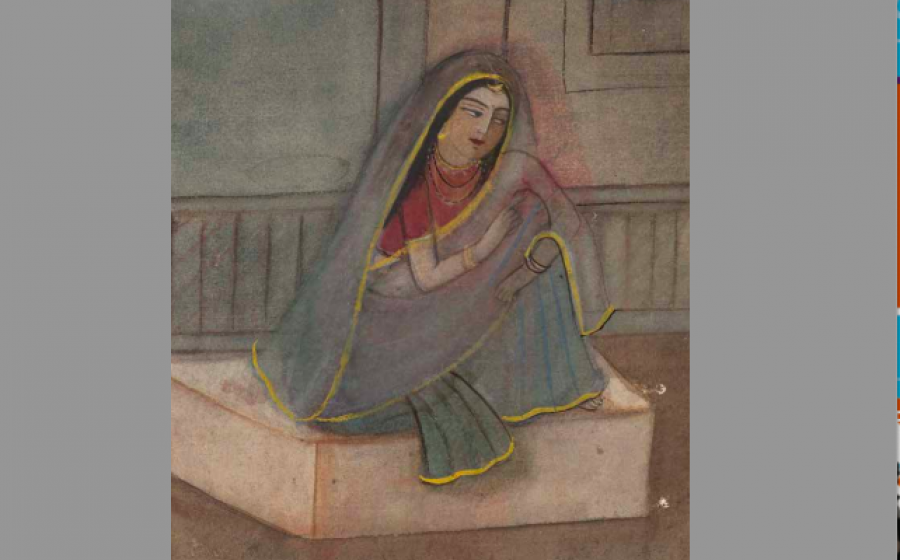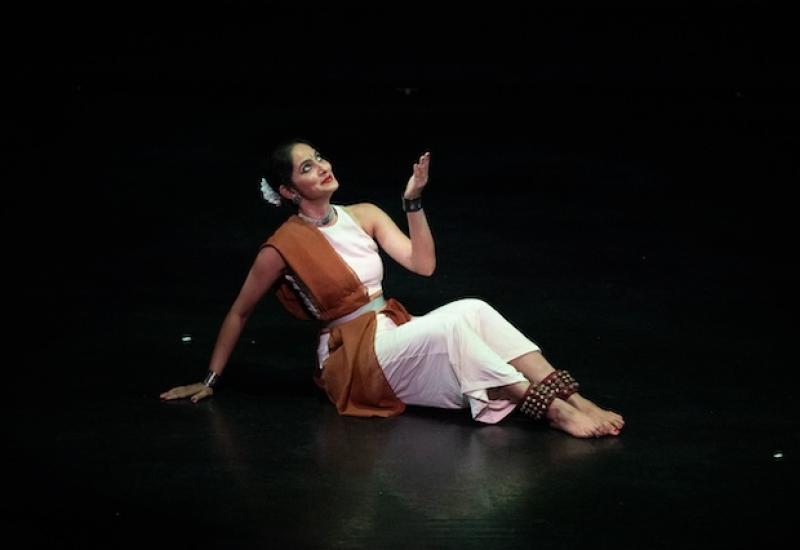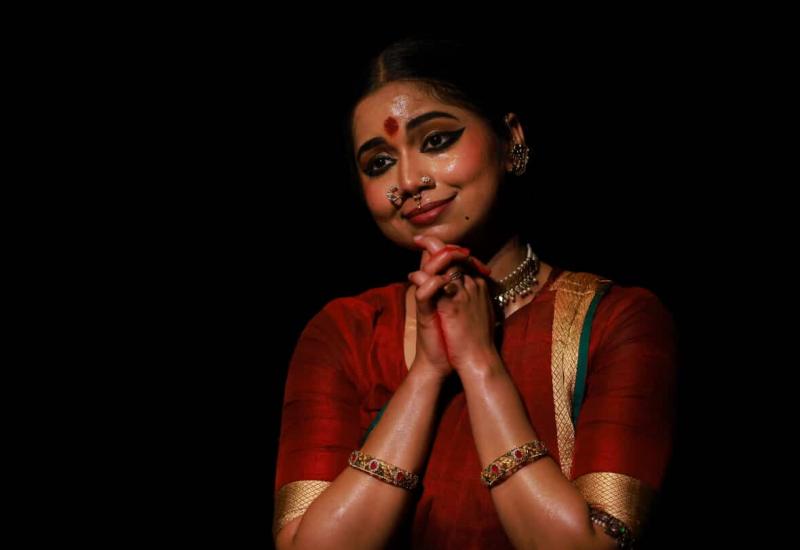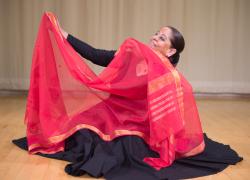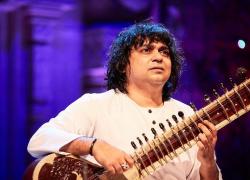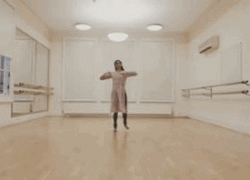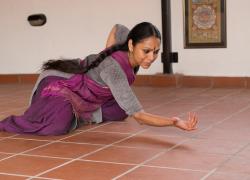Painting Freedom: Indian Modernism and its rebels
Painting Freedom: Indian Modernism and its rebels
Brunei Gallery, SOAS, London
Until 22nd June 2024
Painting Freedom offers a very rich experience of a century or so of painting made in undivided Bengal, principally Kolkata, from the middle of the nineteenth to the middle of the twentieth century. This is an enlarged reiteration of the inspiring exhibition of this collection held at Leicester Museum and Art Gallery in 2021. The collection is now accompanied by a catalogue introduced by a series of essays. It is beautifully displayed, allowing for telling comparisons between works.
With the loss of America, India had become the centre of British imperialism and the portal to this is Bengal and Kolkata. This is not Kolkata as the ‘City of Palaces’; indeed the city does not figure at all, but these figurative works represent the taste of the Bengali people and its intelligentsia. In their resistance and reactions, they forge modern art in India, the subject of this exhibition.
The range is impressive, starting with the development of vivid traditional religious imagery represented by painting in oil on canvas, a technique which had been adopted from European practice. Alongside these are the more popular Bengal Pats, the narrative scrolls of traditional itinerant story tellers. Related to these are the Kalighat paintings on paper, with their extraordinary range of imagery including religious images, animals and fashionable urban life and a notorious scandal. They are a powerful combination of bold graphic forms and vivid modulated colouring. What gives them their strength is the constant repetition of shared formulae by a multitude of anonymous craftsmen. Kalighat relies on rigour and certainty and a curving graphic line which remains central in Bengali art, as is still evident in the post-Independence works in the show.
The exhibition focuses on the strategies adopted by Indian artists, here defined as rebels. Alongside more interventionist British Government, formal art education was introduced in the middle of the nineteenth century. One extreme is represented by Hemendranath Mazumder (Hemen) who committed himself to a rigorous academic aesthetic to represent Indian subjects. He uses a European mode to quite original purposes, much as earlier Bankim Chandra Chatterjee had used models derived from Walter Scott to create the Bengali novel. Like Bankim, Hemen is a passionate representer of female protagonists. Even if they are objectified, even erotic, he has gone far beyond the princess or the nautch girl and his work must have resonated powerfully with his bhadralok audience.
In contrast Jamini Roy, although starting from a similar academic realist position, turns against this to Bengali folk art and to Kalighat particularly. It allows him to negotiate a highly original path between representation and abstract pattern. Jamini is a great and attractive painter and one could find an analogy with Matisse in the sense that he is an appealing artist in a way that Picasso simply was not. He has a dynamic graphic and colour sense and similarly to Matisse it is at our peril to underestimate its power because it is so delightful.
This is Bengal and naturally there is attention given to the Tagore family and artists associated with them. These are generally highly refined works on paper. They are often consciously orientalising and there are parallels with the illustrations of Arthur Rackham and Edmund Dulac; but they are also underpinned by reference to earlier Indian wall and miniature painting. Rabindranath Tagore, defined here as a rebel, came to painting late and produced highly original work. He can be compared to other artists for whom painting and drawing was an additional but significant activity. The two that spring to mind are the writer Victor Hugo, an extraordinary draughtsman and the composer Arnold Schönberg, whose expressionist head studies are strikingly parallel to those of Rabindranath. It seemed to me that in this context perhaps the highly idiosyncratic Sunayani Devi, Tagore family member and leading female artist should also be included as one of the rebels as she reinterpreted the refined watercolour practice by reference to Kalighat. She is represented by a series of extraordinary works.
The riches of this show are multiple and much too copious to mention individually, but two works that should not be missed, the touching self portrait by Atul Bose, and the exquisite landscape with red trees by Gopal Ghose.
Exhibition continues until 22 June 2024. Free.
Tuesday to Saturday, 10:30am–5:00pm (Late opening Thursdays to 8:00pm).
The gallery is closed on Sundays, Mondays and Bank Holidays.
Charles Robertson is an art historian


